The decision to have a baby has become
more and more difficult to make. A growing number of families give up having
children altogether or decide to have them later on in their lives. According
to the latest data made public by the European Statistics Institute Eurostat,
in 2017 the average age at which women in the European Union have their first
child was 29, with the youngest ages, 26.5 years, reported in Bulgaria and
Romania. Apparently Romanian women are following the lead of Western European
families, and couples want fewer children and later in life. People are more
concerned with personal happiness. In recent years, profession has started to
become increasingly important in women’s lives. They are more interested in
studying, in moving up in their career, and this turns family life into a
smaller priority.
On the other hand, experts warn that
later pregnancy entails a number of risks. Stefania Mircea, a project coordinator
with Save the Children Organisation, explains:
It’s a recent trend, whereby having
the first child is pushed until after the age of 30. Men and women become
parents a lot later than previous generations used to. The reasons for this are
numerous, and they have to do primarily with the growing financial and
professional pressures. Sometimes, the consequences are not trivial, going as
far as the impossibility of pregnancy. But there are many other risks as well:
miscarriage, genetic anomalies of the foetus, gestational diabetes, premature
birth, difficult childbirth or even death at childbirth. The general consensus
is that a woman reaches maximum fertility around the age of 25.
But in spite of the increase in the
average motherhood age, Romania still faces serious problems, particularly in
vulnerable communities. The European survey also reveals that the highest
percentage of teenage motherhood (mothers under the age of 20) was also
reported in Romania and Bulgaria in 2017, namely 13.9% of the total number of
first-time mothers. Romania is at the top of the list of EU countries by number
of underage mothers.
According to the latest report by
the Save the Children Organisation, 5 in 10 mothers under 18 have never been to
a specialised check-up, which led to a 4-times higher rate of premature births.
Stefania Mircea tells us more:
The issue of the teenage mothers still
is an alarming one in Romania, given that the infant mortality rate is almost
three times higher than in the case of adult mothers with official access to
proper healthcare assistance. According to a survey published by the National
Statistics Institute earlier this year, the infant mortality rate in the case of
mothers under 15 was 17.3 per 1,000 live births in 2017, whereas the average
nationwide rate stood at 6.7 per 1,000 live births. For the 15-19 age bracket,
in 2017, the infant mortality rate saw a higher percentage compared with the
average rate countrywide, namely 10.5 per 1,000 live births. According to the
most recent statistics, 742 teenagers younger than 15 became mothers in 2017,
while 18,938 live births were reported for teenagers aged between 15 and 19.
For quite a few years now, the Save
the Children Organistion has been running programmes supporting Romania’s vulnerable
communities, Stefania Mircea has told us:
We have been supporting these
families by providing the proper medical treatment and everything related to
the educational component. We have created a network to support social
inclusion and combat poverty, providing integrated medical, social and educational
services at local level. We work in 14 counties and we have noted an
improvement. We have local teams offering assistance to around 7,500 people, including
children younger than 5 years of age, young mothers and pregnant teenagers. As a result of our intervention, more than 30
% of the pregnant women in these communities had gynaecological check-ups
during pregnancy, the children and pregnant women we provide assistance to have
started to see their family physicians or some registered with a family
physician, services they had not benefitted from before because they were
either not aware that such services were available or because it was difficult
for them to reach the doctor’s surgery.
The emancipation of women, the
intensification of migration, the growing demands of raising and educating
children and the lack of family policies are some of the causes leading to lower
birth rates in Romania. According to statistics, Romania’s population is
decreasing at an alarmingly fast pace. 2018 saw the lowest number of live
births in the last fifty years, as only 173,900 children were born. Young
Romanians leave the country each year in search of better living conditions. In
ten years, from 2007 to 2017, 3.4 million people left Romania, which accounts
to approximately 17% of the country’s population.

